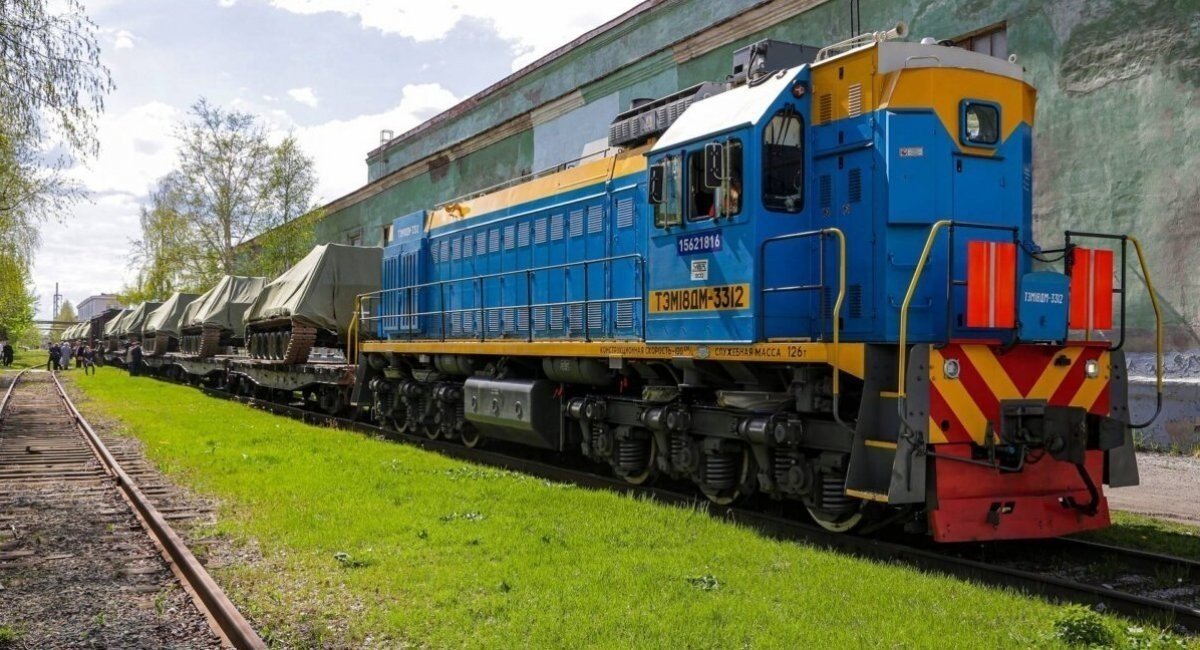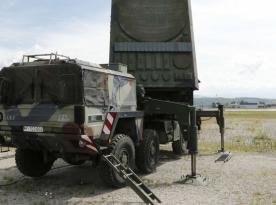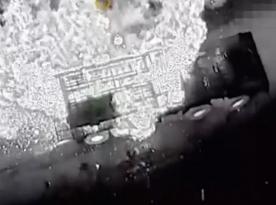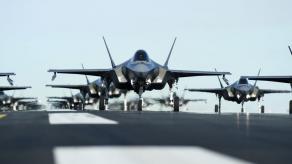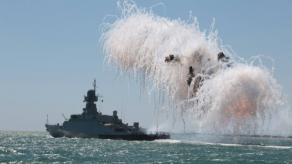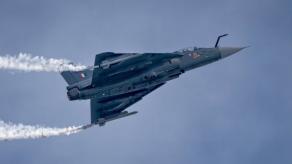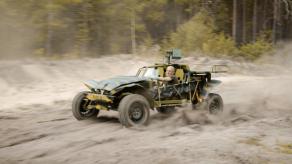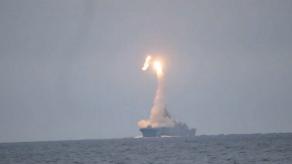The russian state corporation "Rostec" has announced that its leadership has decided to improve the production cycle of military equipment for the russian armed forces using its own capacities. As part of this decision, the russians have chosen to transition "Uralvagonzavod" ("UVZ") exclusively to tank production, discontinuing the production of various types of railway equipment.
It is also claimed that the russians have decided to concentrate the production of self-propelled artillery solely at the facilities of "Uraltransmash" and the production of howitzers solely at the facilities of the Central Research Institute "Burevestnik." However, the logic behind this decision is not clear since these types of weapons were already being produced at these plants. It is interesting that the russians have decided to transfer the production of D-30A howitzers and tank guns for the T-72 and the T-90 to the facilities of "Techmash" from "Plant No. 9."
Read more: How Many Tanks a Month russian "Uralvagonzavod" Can Produce, Really
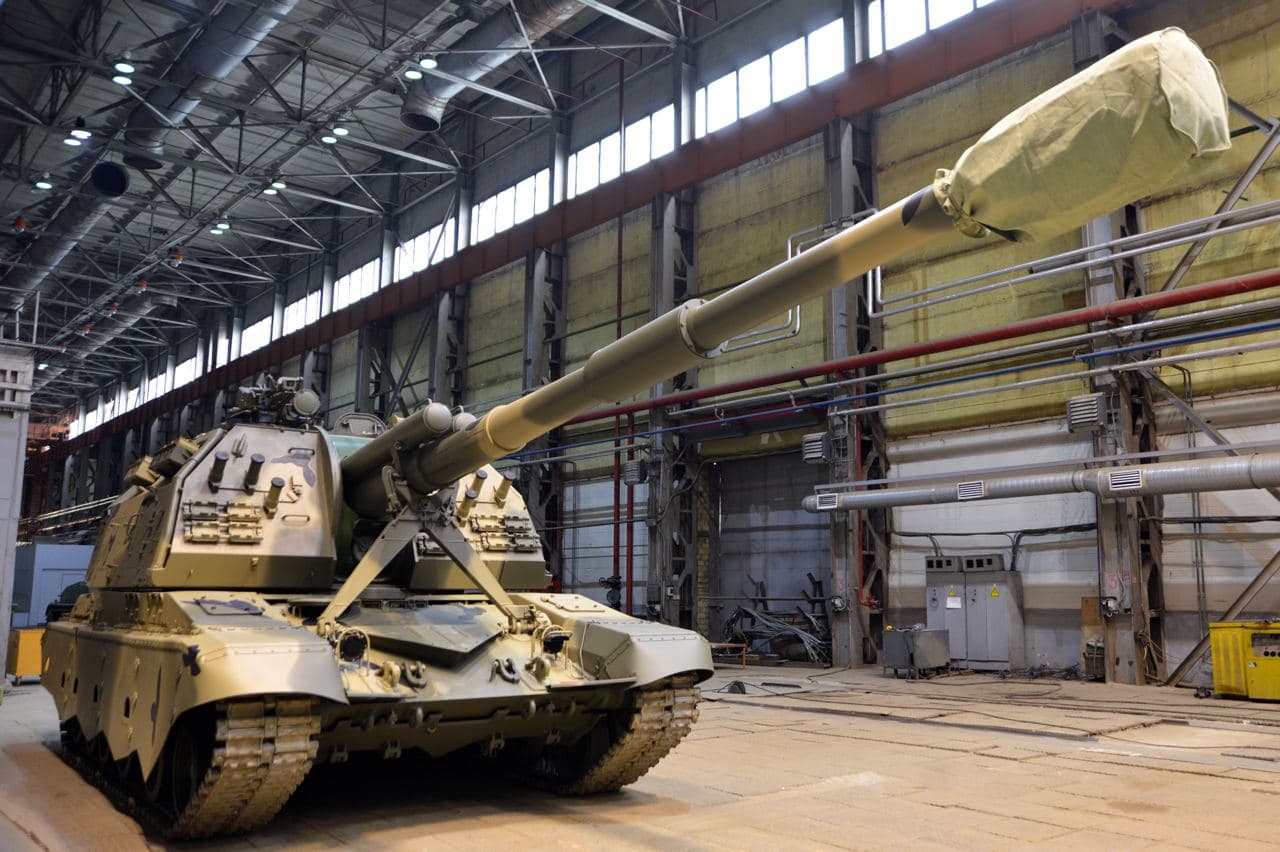
Regarding "Uralvagonzavod" and the decision to abandon the production of railway equipment as "side products," several interesting questions arise. In December 2022, there were reports that this plant was expected to fulfill a state order from russian Railways (RZD) to produce 4,500 railway platforms in 2023, particularly for transporting armored vehicles. Thus, it appears that "UVZ" will no longer produce "non-profile" railway equipment, which is also necessary for the russian war effort.
The decision to involve "Uralvagonzavod" and the employees of "non-profile" departments in the production of armored vehicles may also indicate a failure of the "experiment" involving the use of prisoners in low-skilled jobs related to MBT production. Precise data on which part of the "UVZ" workforce was engaged in "non-profile" departments is not publicly available. The total number of employees was approximately 21,000 as of 2021.
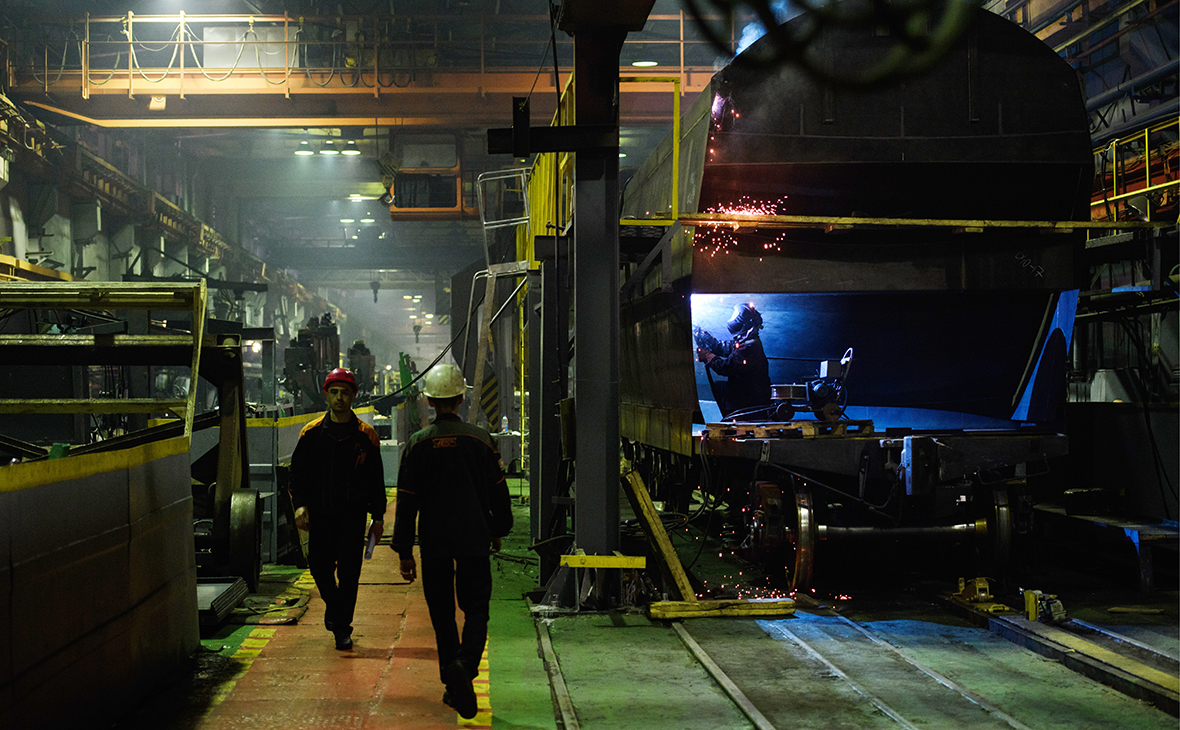
It seems that the russians have decided that it is more rational to involve "non-profile" workers at "Uralvagonzavod" in tank production rather than employing 250 prisoners.
However, the overall level of labor productivity at "UVZ" raises questions that affect the pace of delivering new armored vehicles to the russian army. In December 2022, the russians switched "Uralvagonzavod" and some other enterprises in the russian military-industrial complex to a 12-hour workday with additional salary bonuses.
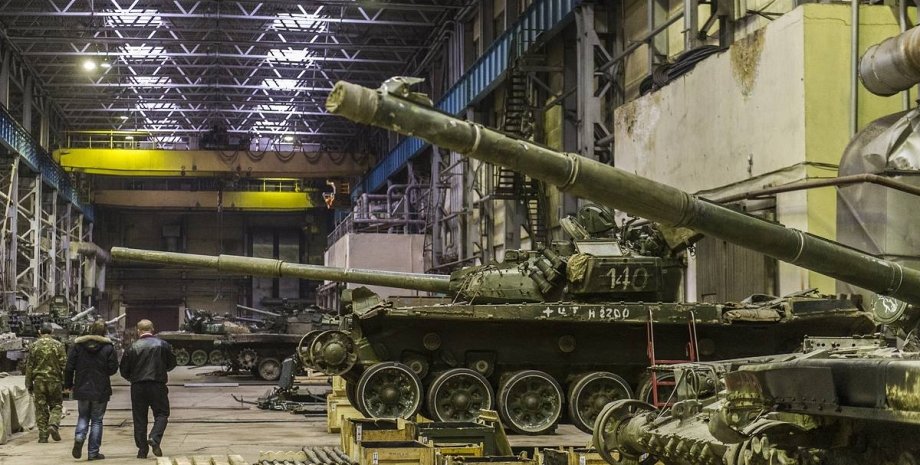
Utilizing workers from the "railway" departments for MBT production may have its own logic. These workers also deal with hydraulic, pneumatic, and electromechanical systems, as well as welding integral metal structures. Therefore, it may seem logical to "retrain" such workers from railway car production to tank production.
However, these measures are unlikely to yield quick results for the russians. Firstly, they will have to reconfigure existing facilities or build new ones from scratch in the "railway" departments. Secondly, tanks and railway cars differ in weight and dimensions, and there may be different requirements for the reliability of equipment and fastenings on assembly lines. For example, the T-72 tank has a body length (without the gun forward) of only 6.6 meters and weighs 42 tons, while a freight railcar has an approximate body length of 32 meters and weighs over 20 tons.
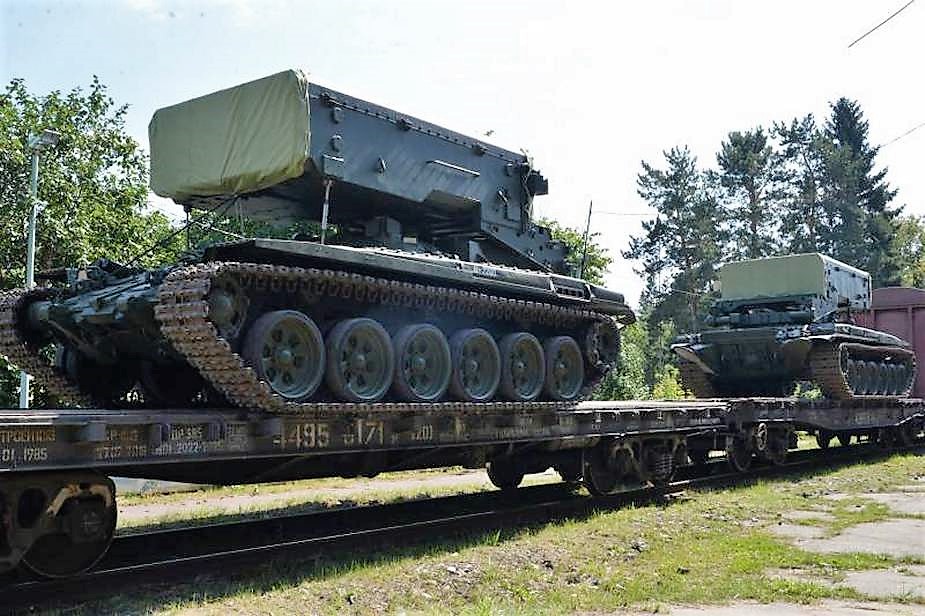
Defense Express reported, that Elite russian Tamanskaya Division Abandoned their T-90M 'Proryv' Which Became the First Such Trophy for Ukrainian Military. We also analyzed if russian defense industry is ready for the long war.
Read more: The Kremlin Wants "Uralvagonzavod" to Repair Tanks 24/7 But There Are Not Enough Workers




